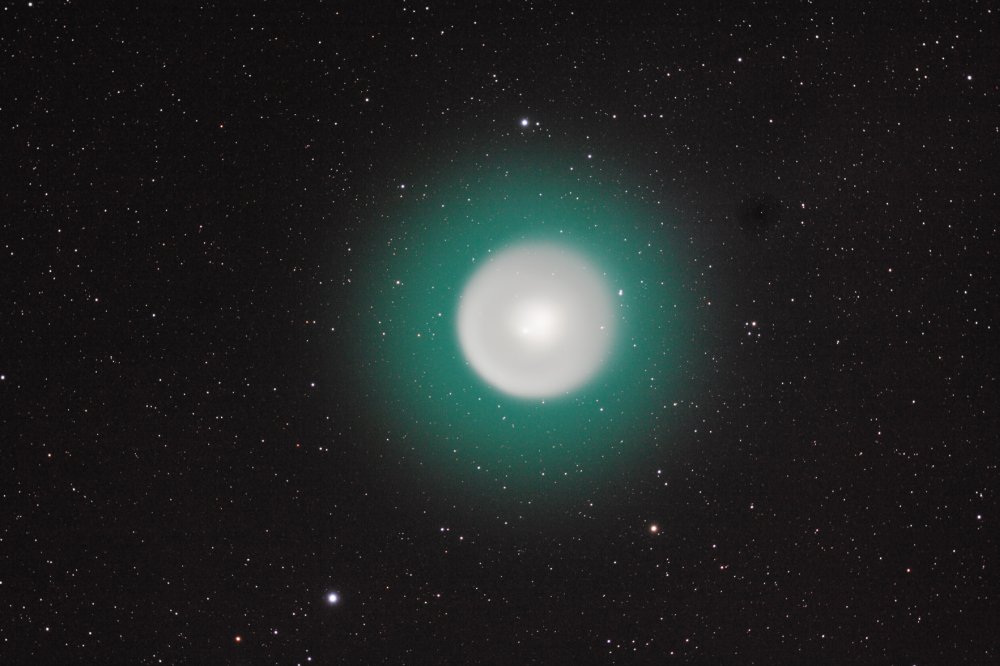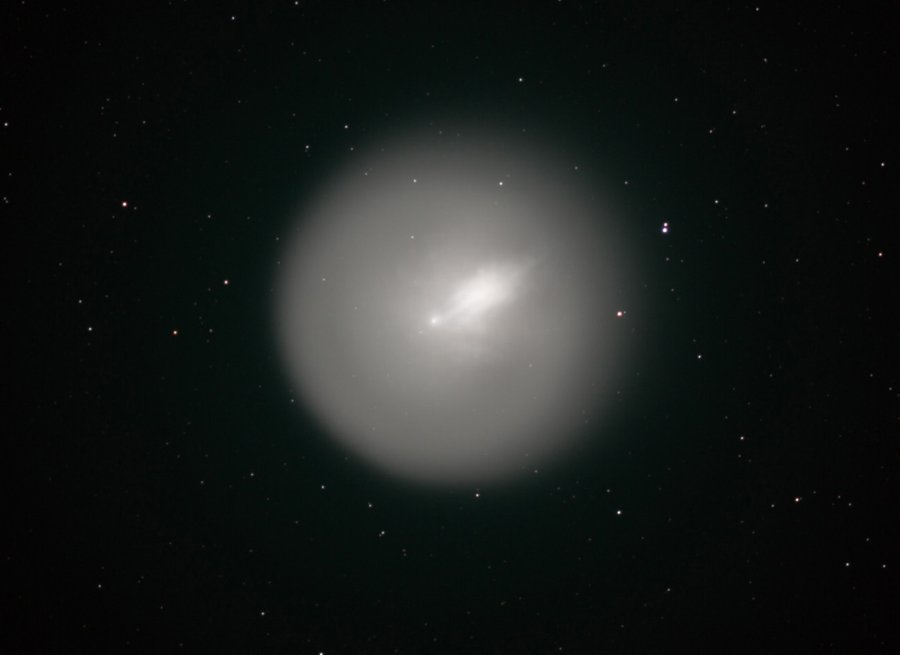No. That would be you, bringing up completely irrelevant crap.
You post a bunch of claims with no backing at all, and make false conclusions based upon these false claims.Question for the moderators: why is this bozo allowed to post in such a manner in the upper forums?
This is the reason why all of the FE will leave this forum.
Why is jb's trolling and shitposting allowed to go on with no consequences at all?
Only a moron would pretend to understand the dynamics of comets and post in such a manner:
The coma wasn't being held in place by the comet, it was expanding which is why it became larger than the sun.Real scientists have a different opinion:
"Comets are perhaps at once the most spectacular and the least well understood members of the solar system."
M. Neugebauer, Jet Propulsion Laboratory
“The remarkable properties of comets are not even remotely explicable by any of the numerous ad hoc assumptions of ‘modern’ comet theory.”
— R A Lyttleton, FRS, Journey to the Centre of Uncertainty, Speculations in Science & Technology.
Here is the huge problem with comet Holmes P17.
If Holmes' flare-up was the result of a collapse or explosion (as some scientists speculated) why was the ejected material not asymmetrical (as one would anticipate from an explosion)? Why did the claimed explosion not produce a variety of fragmentary sizes instead of the extremely fine dust that was actually observed? What explosive event could have caused the comet to luminate for MONTHS, rather than the SECONDS typical of an explosion's luminescence? Why did the comet's gaseous, dusty, spherical cloud persist for months, rather than dispersing quickly away from the comet?
Comet Holmes 17P in the shape of a sphere
http://www.racingshadow.com/CometMet/17P_Holmes/17P_Holmes.html1 and 4 show Comet Holmes as a circular disk, in reality a sphere, of dust with a well defined explosion front.
The moron again:
There is no evidence of it being magically held in place (especially as it wasn't held in place at all) or that it was perfectly uniform and spherical (pictures of it easily show it wasn't spherical), nor any indication that it is a problem for current models of reality at all.


A TOTAL SPHERICAL SHAPE!
How could such a gravitationally minuscule body hold in place a uniform, spherical coma 7 million kilometers in diameter? How could it maintain a spherical shape against the effects of the solar wind?
The coma wasn't being held in place by the comet, it was expanding which is why it became larger than the sun.But it WAS held in place by the comet, in a totally inexplicable way
The photographs prove it in no uncertain manner.
A total defiance of Newtonian mechanics!

This 12-arcminute-wide frame from Arkansas Sky Observatory
shows the comet as a brilliant, near-circular disk on the morning of October 25th. Clay Sherrod used a 0.4-meter (16-inch) Schmidt-Cassegrain telescope at f/3.



A PERFECT SPHERICAL SHAPE FOR COMET HOLMES P17!




A TOTAL DEFIANCE OF NEWTONIAN MECHANICS.
"It's a mystery to me how comets work at all."
--Donald Brownlee, principal investigator of NASA's Stardust Mission
The unexplained ability of a relatively minuscule comet nucleus to hold in place a highly spherical coma, up to millions of miles in diamater, against the force of the solar wind.As with all comet outgassing the coma particulates dispersed outwards and was blown by stellar winds.A TOTAL DEFIANCE OF STELLAR WINDS!
One need only review the extraordinary spectacle provided by Comet Holmes 17P to see how deep the crisis in cometology reaches. In October of 2007, Holmes suddenly and unexpectedly brightened by a factor of a million. In less then 24 hours, it grew from a small 17th magnitude comet to a magnitude of 2.5, so large it was easily visible to the naked eye on Earth. Holmes' coma continued expanding until by mid-November of '07 it had become the largest object in the solar system, vastly larger than the Sun.
The coma's diameter had grown from 28 thousand kilometers to 7 million km. How does such a gravitationally minuscule body hold in place a uniform, spherical coma 7 million kilometers in diameter?
Obviously, Newtonian attractive gravitation PLAYS NO ROLE AT ALL IN COMET DYNAMICS.
Comet Holmes 17P has made international headlines with an energetic outburst
that has left astronomers speechless. The website skyandtelescope.com has called it "the weirdest new object to appear in the sky in memory." "For no apparent reason," the comet began to increase in luminosity, rapidly brightening from 17th magnitude to about 2.5 -- approximately a million-fold increase in brightness.
In the span of a few days, the comet's coma grew to such an enormous and bright disk that it could be seen with the naked eye, though it never gets as close to the Sun as the planet Mars, and when it suddenly erupted, it was moving AWAY from the Sun.
As the structure of the coma has clarified itself, jets have appeared streaming away from the center. The source of the jets is entirely enigmatic, if not preposterous through the lens of the usual comet assumptions.
"This is truly a celestial surprise"..."Absolutely amazing", said Paul Lewis, director of astronomy outreach at the University of Tennessee.
The reason for astronomers' amazement is that, given the comet's distance from the Sun, solar heating cannot offer a plausible explanation for the eruption. Worse than that, it has been moving AWAY from the Sun! So now, astronomers trying to explain these anomalies have begun grasping at straws. After a bit of hair tearing, the most common speculation is that the source of the outburst is "sinkholes" in the comet nucleus. But the trivial, almost immeasurable, gravity of a comet could hardly justify this "explanation" -- no force is available to cause the surface to "sink"!